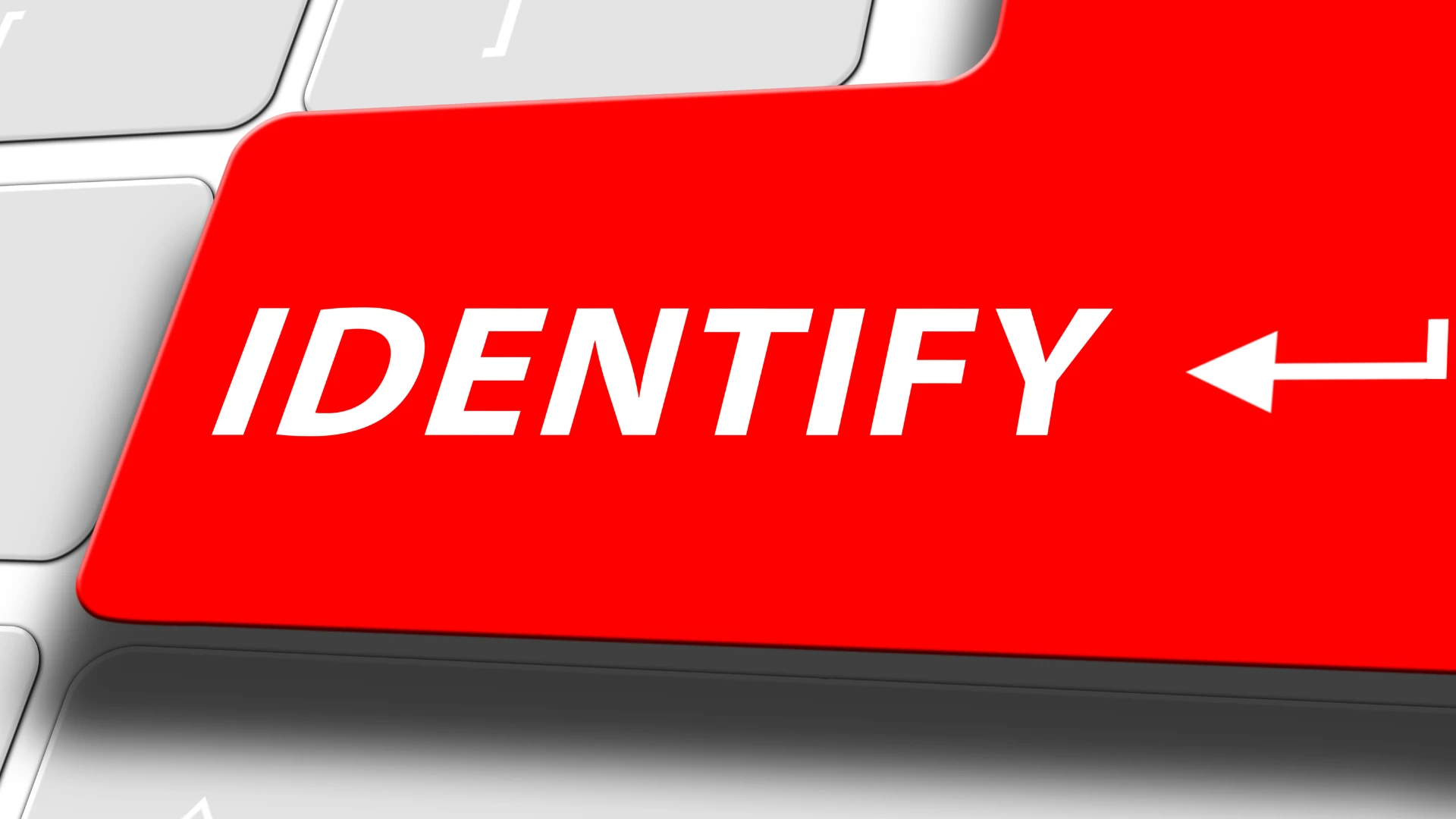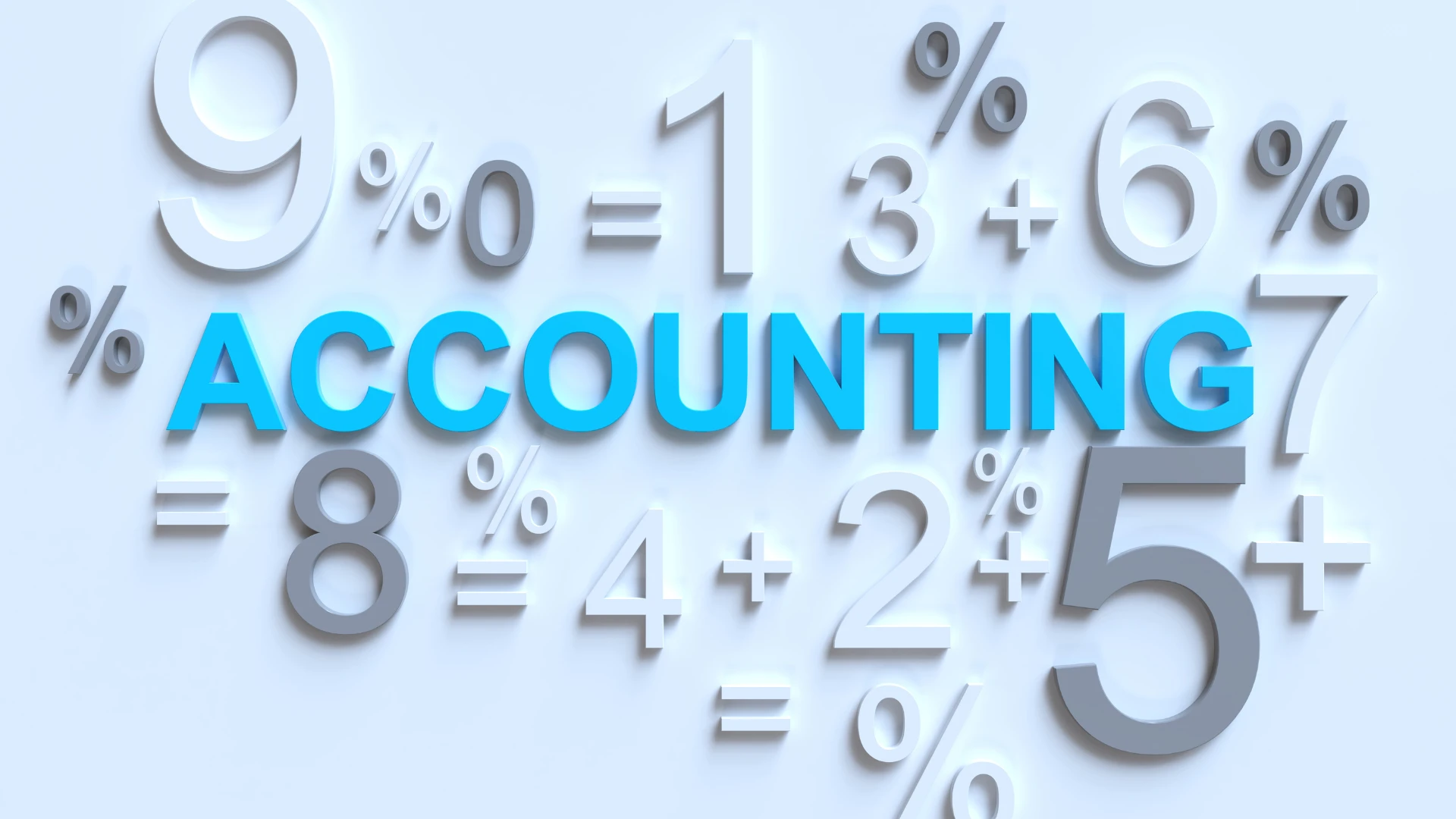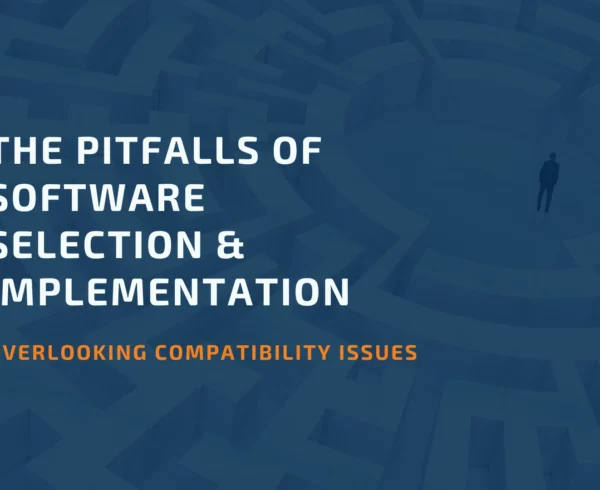As a business owner, you always seek ways to improve your financial management. One area that may need your attention is your Chart of Accounts. A Chart of Accounts is a fundamental tool that helps businesses categorize and track financial transactions. Updating your Chart of Accounts is essential to maintain accurate financial records and to make informed decisions.
This blog will discuss why updating your Chart of Accounts is crucial for your business and how to go about it.
Why Update Your Chart of Accounts?
Over time, businesses undergo structural changes that may require updates to the Chart of Accounts. For instance, your accounting needs will likely change if you change from a sole proprietorship to a partnership or corporation. You may need to add or remove accounts to reflect the changes in your business structure.
As businesses expand, they often introduce new products or services that require individual accounts to track expenses and revenues. By updating your Chart of Accounts, you can ensure that all new accounts are correctly classified, and transactions are accurately recorded.
Accounting standards and tax laws continually evolve, and businesses must stay updated to remain compliant. An updated Chart of Accounts ensures you track transactions according to current accounting principles and tax regulations.
A clear and organized system for recording financial transactions is essential for any business. A Chart of Accounts is a fundamental tool for tracking expenses and revenues, but it requires regular updates to remain relevant and accurate. Updating your Chart of Accounts provides several benefits, including the ability to track your expenses and revenues more efficiently. With an updated Chart of Accounts, you can identify trends and opportunities for growth, allowing you to make better-informed decisions about your business operations.
Creating accurate budgets is critical for businesses to plan and allocate resources effectively, meet financial goals, and manage cash flow. An updated Chart of Accounts can be an essential tool in creating more accurate budgets by providing detailed information on expenses and revenues. With a clear understanding of your expenses and revenues, you can more accurately forecast your cash flows, identify areas of overspending, and optimize your budgeting decisions. An updated Chart of Accounts can also help you adjust your budget based on changing business conditions. As your business evolves, you may need to reallocate resources to different departments or projects. You can track these changes by updating your Chart of Accounts and adjusting your budget.

An updated Chart of Accounts provides more detailed and accurate financial information, which can help you make better-informed decisions. You can identify areas to improve your business operations and increase profitability by tracking expenses and revenues more efficiently.
Preparing for audits is an important aspect of maintaining accurate financial records for your business. An organized and standardized way of organizing financial information can reduce the time and cost involved in the audit process. An updated Chart of Accounts can provide this organization by ensuring that all financial transactions are categorized consistently, making it easier for auditors to review and confirm the accuracy of your financial statements. This consistency also helps reduce the risk of errors or omissions in your financial records.
How to update your Chart of Accounts
Review Your Current Chart of Accounts
Reviewing your current Chart of Accounts is essential to update it. This process helps you identify any discrepancies, inconsistencies, or inefficiencies in your system. By reviewing your Chart of Accounts, you can identify any accounts that are no longer in use or being used inconsistently, making it easier to determine which accounts need to be added, removed, or merged.
You can begin the review process by gathering your accounting system’s financial statements, general ledgers, and transaction details. It is important to ensure that all accounts are being used effectively and there are no duplicate or unnecessary accounts.
Once you have identified the accounts that need to be updated, you can begin the process of adding, removing, or merging them. This process requires careful consideration, as it can significantly impact your financial reporting and analysis.
Identify New Accounts
As you review your current Chart of Accounts, you may identify new products or services that your business has started offering. For example, if your company has recently started selling a new line of products, you may need to create new revenue accounts to track sales for that line. Similarly, if your company has recently added new services, you may need to create new expense accounts to track costs associated with providing those services.
In addition to new products or services, you may also need to add accounts for new departments or business activities. For example, suppose you have recently added a new department. In that case, you may need to create new accounts to track expenses specific to that department, including accounts for salaries, supplies, or other costs associated with that department.

Consolidate Or Merge Accounts
Consolidating or merging accounts that are no longer in use or are being used inconsistently is an important step in updating your Chart of Accounts. This process can help simplify your Chart of Accounts, making it easier to manage and maintain.
Having multiple similar or redundant accounts can make it difficult to track and analyze financial data accurately. Consolidating or merging accounts that serve the same purpose can reduce confusion and streamline financial reporting.
To determine which accounts to consolidate or merge, review your Chart of Accounts, and identify accounts with similar names, purposes, or balances. If two or more accounts serve the same purpose, consider merging them into one account to simplify your Chart of Accounts.
Likewise, if you have accounts that are no longer in use or have had no transactions for an extended period, consider removing them from your Chart of Accounts to help reduce clutter and make it easier to manage your accounts.
Overall, consolidating or merging accounts that are no longer in use or are being used inconsistently can help simplify your Chart of Accounts and make it easier to manage.
Rename Accounts
If you have accounts with unclear or outdated names, consider renaming them to make them more relevant and understandable to users.
Having unclear or outdated account names can lead to confusion and inaccurate financial reporting. For example, if an account is named “Miscellaneous Expenses,” it may be challenging to determine the specific types of expenses included in that account. Renaming the account to “Office Supplies” or “Travel Expenses” can provide more clarity and make tracking and analyzing expenses easier.
When renaming accounts, it’s important to ensure that the new name accurately reflects the purpose and content of the account. Consider the information that users need to understand the account and ensure that the new name provides that information clearly and concisely.

Reorganize Accounts
If you have many accounts, consider reorganizing them to make finding and tracking specific transactions easier. For instance, you can group accounts by department, revenue source, or expense category.
Reorganizing accounts is another important step in updating your Chart of Accounts. If you have many accounts, it can be challenging to find and track specific transactions. By reorganizing them, you can group them by department, revenue source, or expense category, making it easier to find and track specific transactions.
By grouping accounts, you can reduce the number of accounts you have to manage, making it easier to track expenses, revenues, and other financial information. This can help streamline your financial reporting and reduce the time and effort required to manage your Chart of Accounts.
When reorganizing accounts, consider the most common structure for your business. You can group accounts by department, such as sales or marketing, or by revenue sources, such as online or in-store sales. You can also group accounts by expense categories, such as travel or office expenses.
It’s important to ensure that your new account structure is consistent with your business’s reporting needs and follows generally accepted accounting principles (GAAP).
Conclusion
BHC Group is a boutique management consulting firm that helps clients leverage their existing software and technology or find alternative solutions that better serve their needs. Our team of experienced consultants has extensive knowledge of ERP systems, accounting principles, and technology, and we use that expertise to provide customized solutions to our clients.
Whether you need help updating your Chart of Accounts or finding a more efficient ERP system, we can provide the guidance and support you need to achieve your business goals. At BHC Group, we are committed to delivering exceptional service and value to our clients. Contact us today to learn more about our services and how we can help you optimize your software and technology to improve your business operations.







